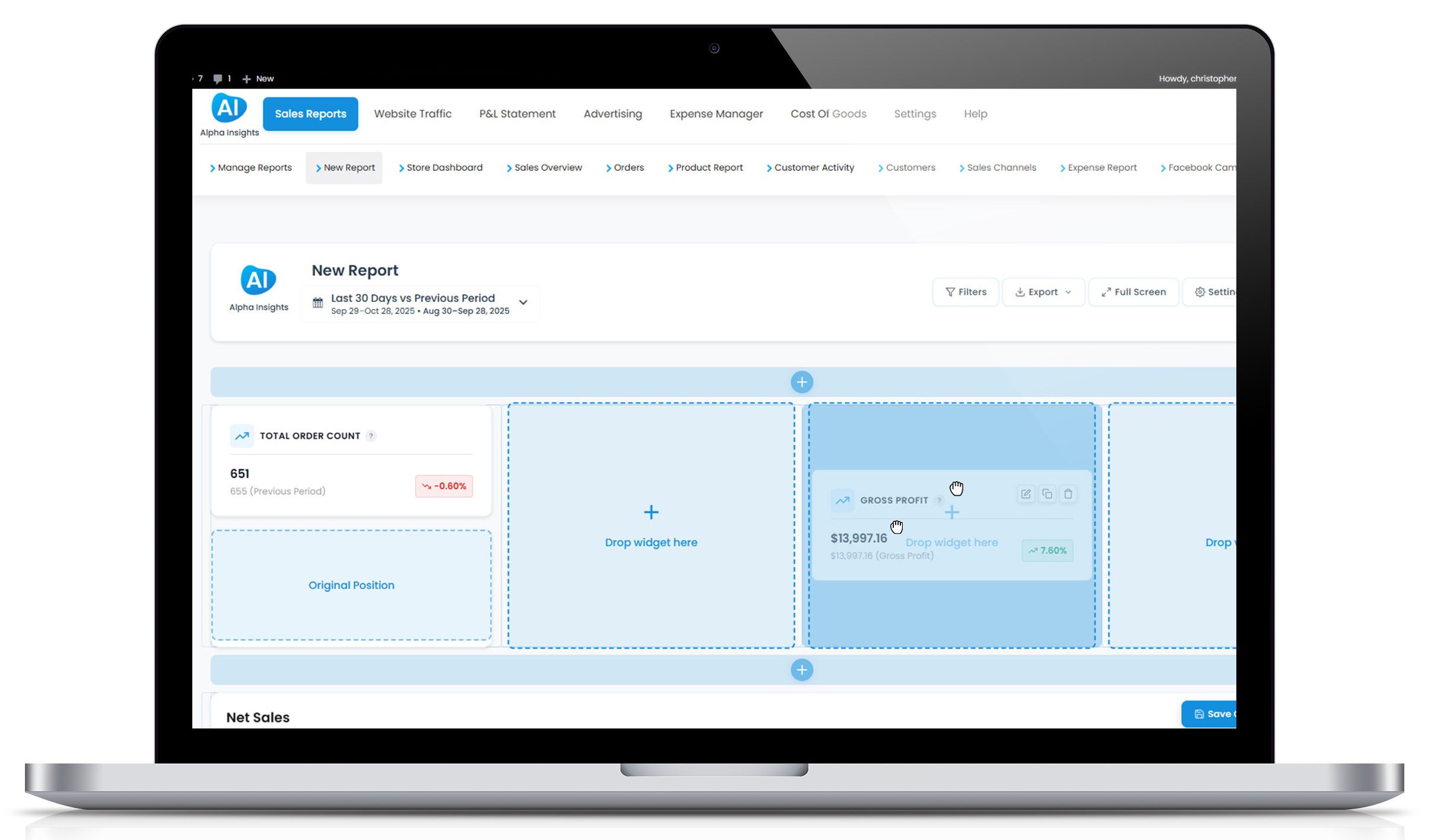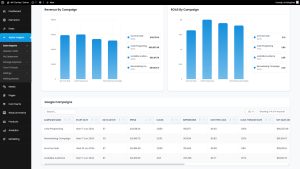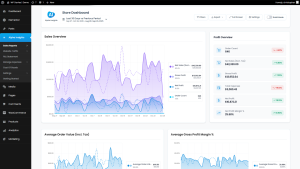How to Create an Effective FAQ Page for Your WooCommerce Store
Let’s be real—customers have questions. Lots of them. And while answering each query via email or chat might seem like an easy fix at first, it starts to get frustrating (and time-consuming) really fast.
Enter the FAQ (Frequently Asked Questions) page—one of the most underrated but essential pages in any WooCommerce store.
A great FAQ page does more than just answer common questions. It reduces customer support tickets, improves user experience, boosts SEO, and even increases conversions.
In this guide, we’ll walk through the step-by-step process of creating an FAQ page that actually helps your customers—and your bottom line.
Why Your WooCommerce Store Needs an FAQ Page
Still wondering if an FAQ page is worth the effort? Here’s why every WooCommerce store should have one:
- Reduces customer support workload—Your support team (or you) can focus on complex queries instead of answering the same basic questions over and over.
- Builds trust and confidence—Customers are more likely to purchase when they can quickly find answers to their concerns.
- Improves SEO—Google values FAQ content, and properly formatted FAQs may even appear in featured search snippets.
- Boosts conversions—A well-structured FAQ page helps remove buyer hesitation by providing information that drives informed purchasing decisions.
Now, let’s dive into how to create an FAQ page that actually works.
Step 1: Gather Your FAQ Questions
The first step is identifying which questions should go on your FAQ page. Here’s how to find them:
1. Review Customer Support Inquiries
What are customers repeatedly asking via email, chat, or phone support? If multiple people are asking the same question, it belongs in your FAQ.
2. Check Pre-Purchase Concerns
Look at objections customers raise before buying—questions about shipping, returns, product specs, or warranties.
3. Browse Competitor FAQ Pages
Your competitors may already have a solid FAQ section. While you shouldn’t copy, analyzing their questions can give you insight into what customers expect.
Pro Tip: If you’re using Alpha Insights, you can analyze customer behavior patterns to see which areas of your store need more clarity—helping you identify new FAQ topics.
Step 2: Organize Questions Into Categories
Instead of listing a huge wall of text, organize your FAQs into clear sections for better readability.
Common FAQ Categories
- Shipping & Delivery – How long does shipping take? Do you ship internationally?
- Returns & Refunds – What’s your return policy? How do I request a refund?
- Product Information – What materials are your products made from? How do your sizes run?
- Payments & Security – What payment methods do you accept? Is my information secure?
- Order Issues – What do I do if I receive the wrong item? My order hasn’t arrived—what now?
Categorizing FAQs makes it easier for customers to navigate and find answers quickly.
Step 3: Write Clear, Concise Answers
Now that you’ve got your questions, it’s time to answer them. Keep it simple—nobody wants to read an essay just to find out if you ship to Canada.
Best Practices for Writing FAQ Answers
- Be direct—Answer in one or two sentences when possible.
- Use a conversational tone—Avoid overly technical jargon.
- Link to relevant pages—For example, redirect customers to your Shipping Policy page for more details.
- Format for readability—Use bullet points, bold text, and spacing to break up content.
Step 4: Make Your FAQ Page Easy to Navigate
A long, unstructured FAQ page can be overwhelming. Here are some ways to improve navigation:
1. Use an Expandable Accordion Format
Collapsible sections allow customers to click and expand only the questions they need—keeping the page cleaner and easier to browse.
2. Add a Search Bar
If your FAQ page is extensive, a built-in search function helps customers find answers more quickly.
3. Include Internal Links
If an FAQ answer references another topic (like shipping details or return policies), link to those pages rather than repeating the information.
Step 5: Optimize Your FAQ Page for SEO
A well-optimized FAQ page can boost your WooCommerce store’s search rankings and improve visibility.
SEO Tips for Your FAQ Page
- Use question-based keywords—”How long does shipping take?” is more likely to attract search traffic than “Shipping Information.”
- Structure content using FAQ schema—Adding structured data markup helps Google display your FAQs as featured snippets in search results.
- Keep it updated—As your business evolves, update your FAQ page to ensure it remains relevant.
Bonus Tip: Using Alpha Insights, you can track which sources drive the most engagement—including whether visitors from Google searches engage with your FAQ page.
Step 6: Make It Easy to Access
Having an amazing FAQ page is useless if customers can’t find it.
Where to Place Your FAQ Page
- In Your Navigation Menu: Add a direct link to “FAQs” in your site’s main menu.
- On Your Product Pages: Link to FAQ sections that answer common product-related questions.
- Inside Your Checkout Flow: Address last-minute purchase concerns by adding a quick FAQ section.
- In Automated Emails: Include links in order confirmation emails to handle common post-purchase concerns.
Step 7: Track FAQ Performance to Improve It
Once your FAQ page is live, keep an eye on how customers use it.
Key Metrics to Track
- Which questions are the most viewed? This tells you what concerns customers have the most.
- Are users still submitting tickets? If customers are still asking the same questions, you may need to rewrite or clarify your answers.
- How does the FAQ page impact conversions? If visitors read your FAQ and then purchase, that’s a sign it’s doing its job.
Pro Tip: Use Alpha Insights to track user behavior across your WooCommerce store—including whether visitors are using your FAQ page before completing a purchase.
Final Thoughts
A great FAQ page isn’t just helpful for customers—it’s a powerful tool for improving sales, reducing support inquiries, and boosting SEO.
By structuring your FAQ page effectively, optimizing it for search, and continuously improving based on real data, you create a resource that benefits both your customers and your business.
Want to track how your FAQ page impacts store performance? Alpha Insights helps you measure engagement, conversions, and customer behavior—so you know exactly how to refine your store for maximum success.





